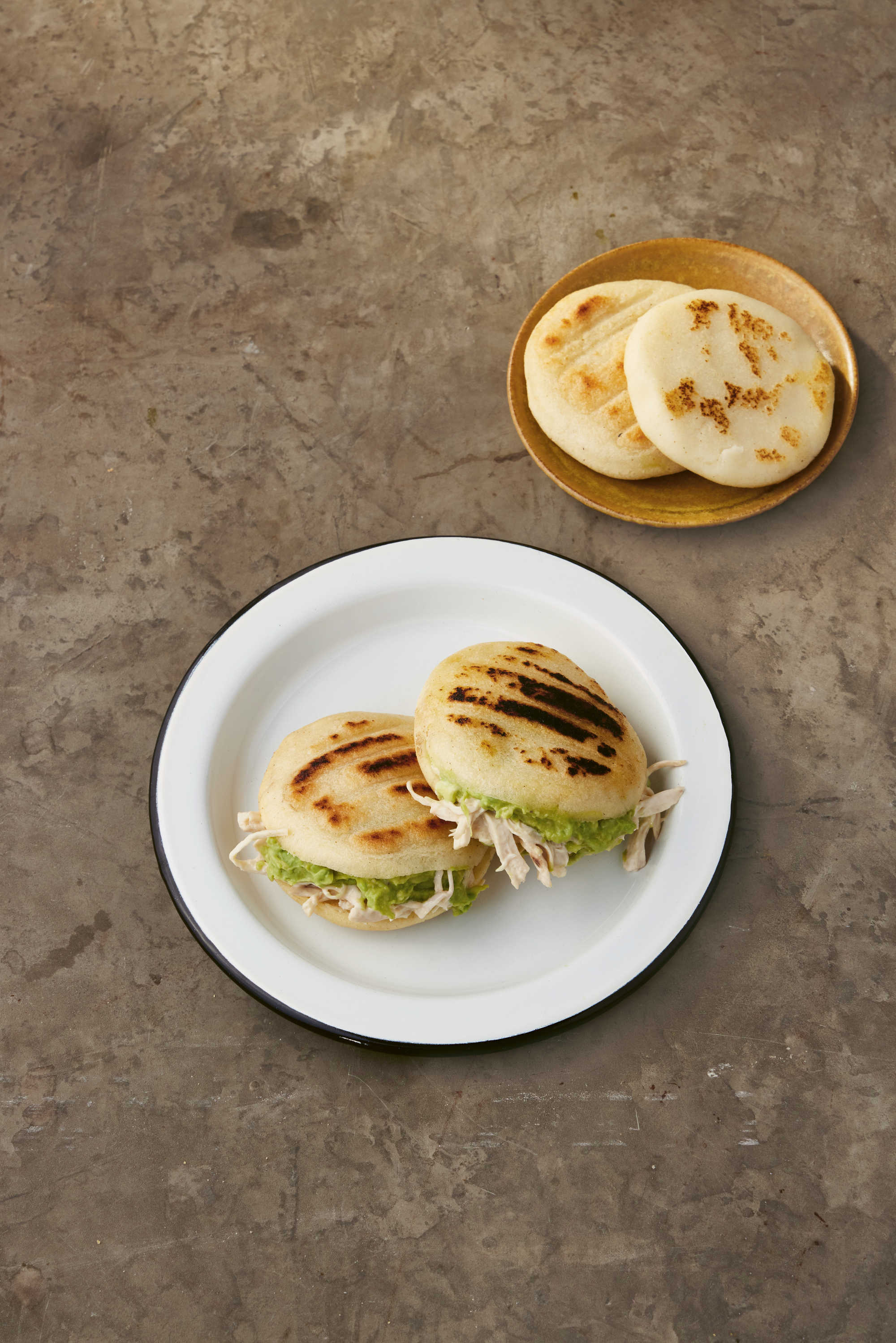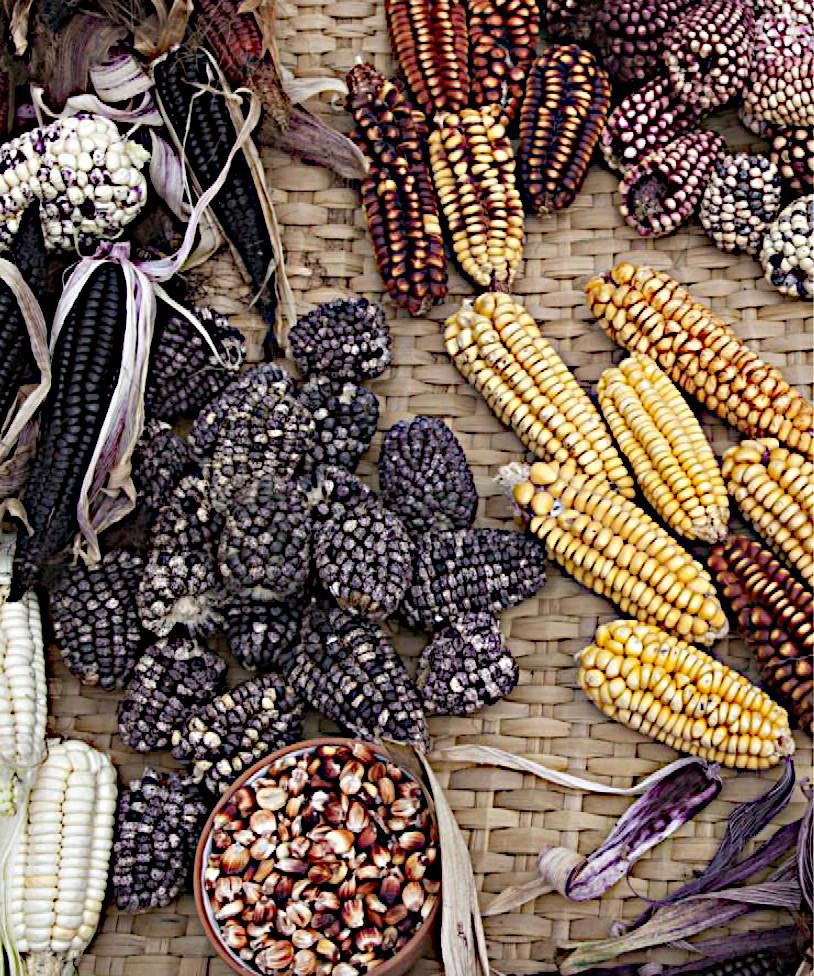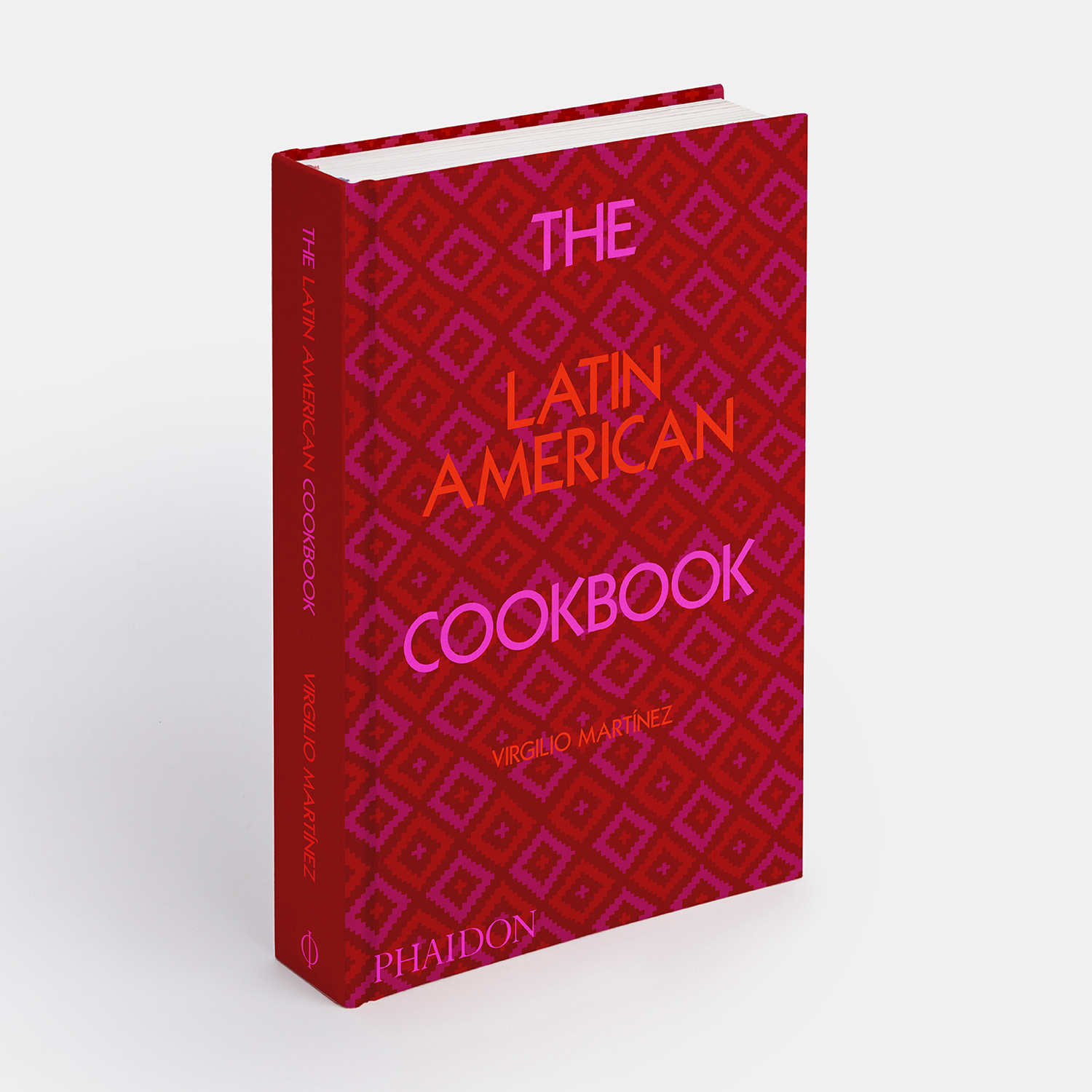
The Latin American Cookbook snack fit for a beauty queen
This popular Venezuelan dish pays tribute to the region’s pre-Columbian past and one of its 20th-century triumphs
Are you up on arepas? Readers of our new Latin American Cookbook certainly are. This new title is a hugely satisfying culinary survey, partly because it brings together 600 recipes from this geographically, botanically and culturally rich and diverse region, but also because its authors the Peruvian Virgilio Martínez, the James-Beard-nominated writer and photographer Nicholas Gill and Mater Iniciativa contextualise each one, giving readers insight into how they make them, and also how these dishes came to be.
Consider the aforementioned arepa, a kind of chunky flatbread that appears in the ‘corn’ section of this new book. “Hundreds of years ago, indigenous groups in present day Colombia and Venezuela made these corn patties that have become a staple food,” says the new book. “They are made in the streets of both countries, eaten at any time of the day, served with a variety of fillings.

“In Colombia, arepas tend to be flatter and occasionally made with yellow corn, while in Venezuela they tend to be more rounded and are often crowned with brown crust, called concha. Most arepas are made from nixtamalized, precooked corn flour, called masarepa, though some regional variations use fresh, grated corn. Like the tortilla, the arepa often serves as a vehicle for serving other dishes, like reina pepiada, especially in Venezuela.”
That final dish, a 20th-century invention, doesn’t hark back to the region’s noble pre-Columbian era, but instead pays tribute to one of the region’s later, great champions.
“When Miss World 1955, Venezuela’s Susana Duijm, walked into a restaurant, the owner created a new arepa, stuffed with chicken and avocado, in her honor,” explains the book. “The arepa reina pepiada, or the curvy queen arepa, has become a national favorite.”
This dish, essentially a fried chicken, avocado and mayonnaise sandwich, probably isn’t the sort of snack many beauty queens would add on to a pre-competition menu, but it certainly demonstrates how different moments in history add to this region’s beautiful, varied cuisine. To find out more about how the curvy queen fits in alongside other dishes, order a copy of The Latin American Cookbook here.
